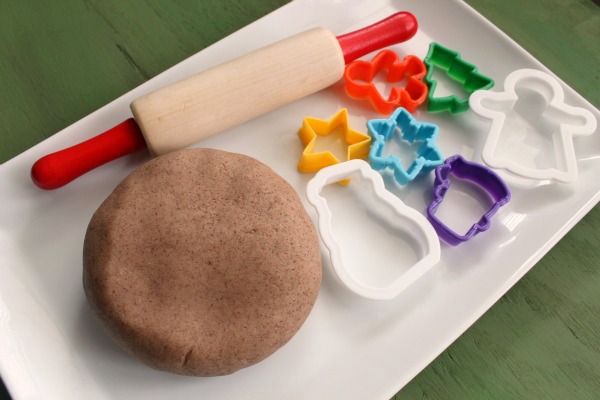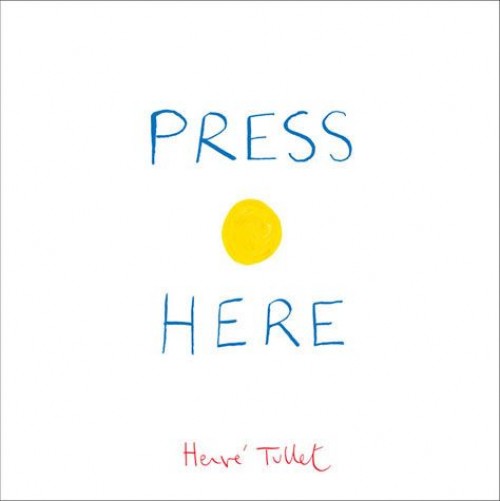Sometimes, we see our children coloring quietly at the kitchen table, playing nicely with each other, or sleeping peacefully in their beds, and we wonder how we got so lucky as to have such perfect, adorable little angels for children. And other times, we see their Sharpie masterpieces on the living room wall, the peanut butter they've smeared into the family dog's fur, and the tug-o-war with the toys and their sister's hair, and wonder why on earth our children always seem to do the opposite of what we tell them to do. Exercising patience and self-control is difficult at times like these, despite our good intentions. Here are 25 things you can do to help you stay calm when you're dealing with your children.
Own your no's. Sometimes you say no to your child without even thinking about it, and then one no leads to another no, in a vicious cycle. Before responding out of reflex, think about your yes or no answer. Try not to rush into saying no to your child merely because of inconvenience.
Be open to saying YES. There is a lot of power in the word yes. Conscious, deliberate yes's are beautiful. They have the power to transform families. They are a cause for celebration.
Read. Read everything you can that reminds you to be calm or that simply makes you feel good. They can be great pick-me-ups or serve as reminders to stay calm and be patient as a parent. Read anything... parenting books, inspirational books, just-for-fun books.
Understand the importance of solitude. Many of the times that we are struggling to stay calm amidst the chaos is because we are surrounded by noise. Some people, like extroverts, are happy with a ton of noise, but many people are not. Silence may be just the medicine necessary to help you replenish and rejuvenate yourself, but it may be the hardest situation to achieve.
Take a deep breath. Never punish your kids when you are angry. Don't do this. This one piece of advice alone can work wonders in helping you be a calm parent. Separate the kids and then walk away. Step outside. Go to your room, close the door, and lay on your bed until you've calmed down. Hang out in the basement for awhile. Put some music on. Something, anything. Just breathe deeply and calm down before you even begin to think about reacting.
Get up early. Having some time to yourself, without the demands of your children and everyday life, is absolutely essential. End of story.
Go to bed early. You know the saying: "Early to bed and early to rise makes a man healthy, wealthy, and wise." It also makes you a better parent. Being well-rested is essential. You can't be a good parent if you are too tired to think, too tired to come up with creative responses, and too tired to simply ignore the small and inconsequential things.
Get a hobby. This might be writing, sewing, cooking, quilting, or crocheting. It might be baking, blogging, gardening, or photography. We all have that one thing that fills us up, gives us a purpose in life, adds bounce to our step. Whatever it is, find it and devote yourself to it.
Energize yourself. Choose the things that you love to do and that make you happy and do them every day.
Ignore the small stuff. It may not all be small stuff, but a lot of it is, especially the things we get worked up over on most days. We can get very wrapped up in micro-managing our children and dictating their every move. Delegate some of that worry and stress to the Universe. This includes
not always arguing back with your child.
Keep the "big picture" in mind. Will the tiny infraction of drinking the bathtub water and spitting it out matter in the long run? Nope. Will it delay bedtime a little bit. Sure. So what! Move on, nothing to see here, these aren't the droids you're looking for.
Clean. When your children are frustrating the heck out of you, clean something. Do those things that you need to get done anyway and work of your frustrations by cleaning. Two birds with one stone, right? Cleaning gives you something productive to do instead of micro-managing your children. While you're at it, come up with some chores they might have to do as a consequence for their bad behavior.
Repeat your mantra. Each of us has phrases that give us comfort, that we repeat over and over again in our heads until the difficult moment passes. Some might include things like "I am the adult", "Breathe", "Have a moment, not a meltdown", "This too shall pass", and so on. Have a mantra or two, and use them!
Exercise. Walk. Jog. Run. Do yoga. Go to the gym. Whatever you can do to feel good on the inside
and the outside will make parenting from the heart a whole lot easier.
Slow down! Don't plan a ton of things in a small amount of time. Just when you want to get a long list of things done is when everything will blow up. Stress is what causes us to lose our heads, so the less stress we have the less we will lose our heads. Seems simple, right? It is, but that doesn't make it easy.
Don't be afraid to look a little silly. Doing something entirely out of the ordinary is a great way to quickly turn your mood around. Tell jokes, act nutty, sing, dance, laugh. Deal with the consequences later, when everyone's thinking a bit more clearly.
Talk it out. Establish a talk-it-out rule. "In this house, we talk out our problems with soft words, not our fists and not by yelling." Wash. Rinse. Repeat.
Be a role model. If you want your children to grow up to be calm, cool, and collected themselves, you need to be that way yourself. The things you say to your children is what they will hear in their own heads. That's some powerful stuff to keep in mind.
Eat. If you are starving and not taking of yourself, problems will ensue.
Set your rules. Establish household rules from step one, and then keep them. Put them in an obvious place so you can easily and immediately point to them and say, "Look here, you've broken rule number two, these are the consequences." When you are confident about the rules in your house, you will be more confident in enforcing those rules.
Don't set too many rules. Seriously. We can't expect our children not to make mistakes. They are learning. Stay calm and try to stick to only about five rules at a time and make those the important ones. Let the minor infractions go, and use them as teachable moments instead of discipline ones.
Change up your routine. If you find yourself in a stressed-out rut, maybe it's time to change things around and do something exciting and different and FUN. A change in environment or a breath of fresh air can do amazing things. They can help you stay calm and peaceful a lot longer than just going through the motions and doing the same old thing all of the time.
Be grateful. Remind yourself of the things you do have, of how amazing your children are, and how lucky you are to be a parent. Savor the little moments.
Replenish your spirit. For some, this might mean prayer or meditation. For others it might be soaking in a hot bath at night. Taking care of your spirit is as important of taking care of your body. De-stress and center yourself often.
When all else fails... hug it out. Many times, what our children need (and what we need in return) is the close connection and touch of our loved ones. Instead of yelling or being upset, hug it out. Most of the time, this will solve a lot of problems and heal a lot of hurt feelings.






























